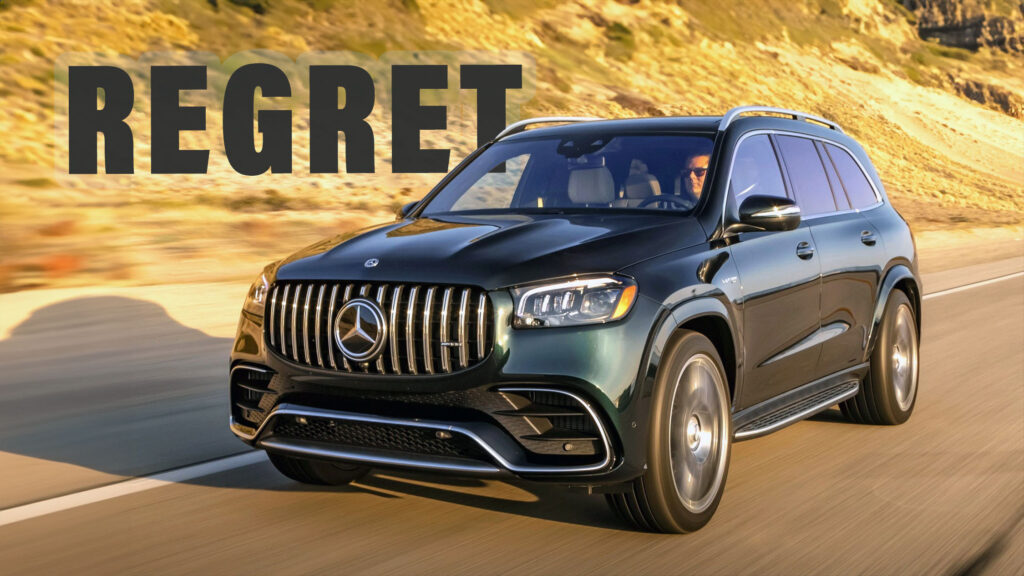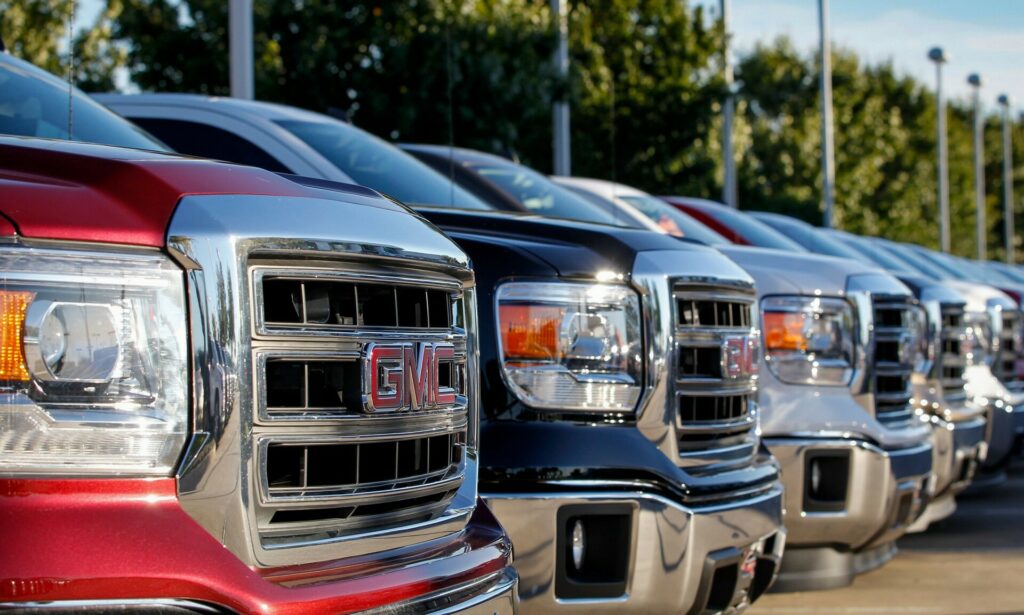Buyers who paid over MSRP during the pandemic are most at risk as falling demand for new cars pushes used prices down
4 hours ago
 –>
–> 
–>
Remember those crazy days during the pandemic when dealers were so desperate for stock that some drivers were being offered more for their used cars than they paid for them, and buyers were happy to pay way over MSRP for new ones? Like masks and jabs, they’re a distant memory for most of us now, but some Americans are getting a nasty reminder at trade-in time.
Edmunds says a growing number of drivers who bought cars when prices were high with loans are now finding themselves in negative equity. Those most at risk are the ones who paid above MSRP during the pandemic because their trade-in vehicles are the ones most likely to have suffered from significant drops in value.
Related: These Were The Best And Worst Automakers For Markups In 2023
“During the last few years, consumers could jump into new car loans and their trade-ins were shielded from negative equity because some dealers, desperate for used inventory, were willing to pay near original purchase prices,” said Ivan Drury, Edmunds‘ director of insights.
“These days, consumers need to be more careful – especially if they’re trading in newer vehicles – because near-new cars are being hit the hardest by depreciation,” he added.
- The ATP for 1-year-old vehicles in Q4 2023 dropped to $38,720, a $6,763 decrease.
- The ATP for 2-year-old vehicles dropped to $32,583, a $3,294 decrease.
- The ATP for 10-year-old vehicles dropped to $12,447, a $1,304 decrease.
Edmunds’ data reveals that one- and two-year-old vehicles are bearing the brunt of the downturn, the average transaction price for one-year-old cars dropping from their Q3 2022 peak by $6,763 in Q4 2023 to $38,720. That compares with a $3,294 drop (to $32,583) in the same quarter for two-year-old cars and a $1,304 decrease (to $12,447) for 10-year-old vehicles.
The average transaction price for all used vehicles in Q4 2023 dipped to $28,371, a 4.4 percent decrease from $29,690 in Q4 2022, and over 20 percent of new vehicle sales with a trade-in had negative equity, the highest in two years.
The upside to this is that there are some great deals available on used cars, particularly for buyers who aren’t trying to trade another relatively new vehicle in to help finance the purchase. Edmunds‘ data team pointed to large luxury cars and large mainstream SUVs as segments where the biggest used bargains can be found.
“If you want to save big on used versus new, you still have to be willing to spend big,” said Joseph Yoon, Edmunds‘ consumer insights analyst. “Unfortunately, the most price-sensitive consumers seeking affordable transportation will have a much harder time finding discounts because the supply of older used vehicles is still pretty restricted.”


 <!–
<!– –>
–> 
